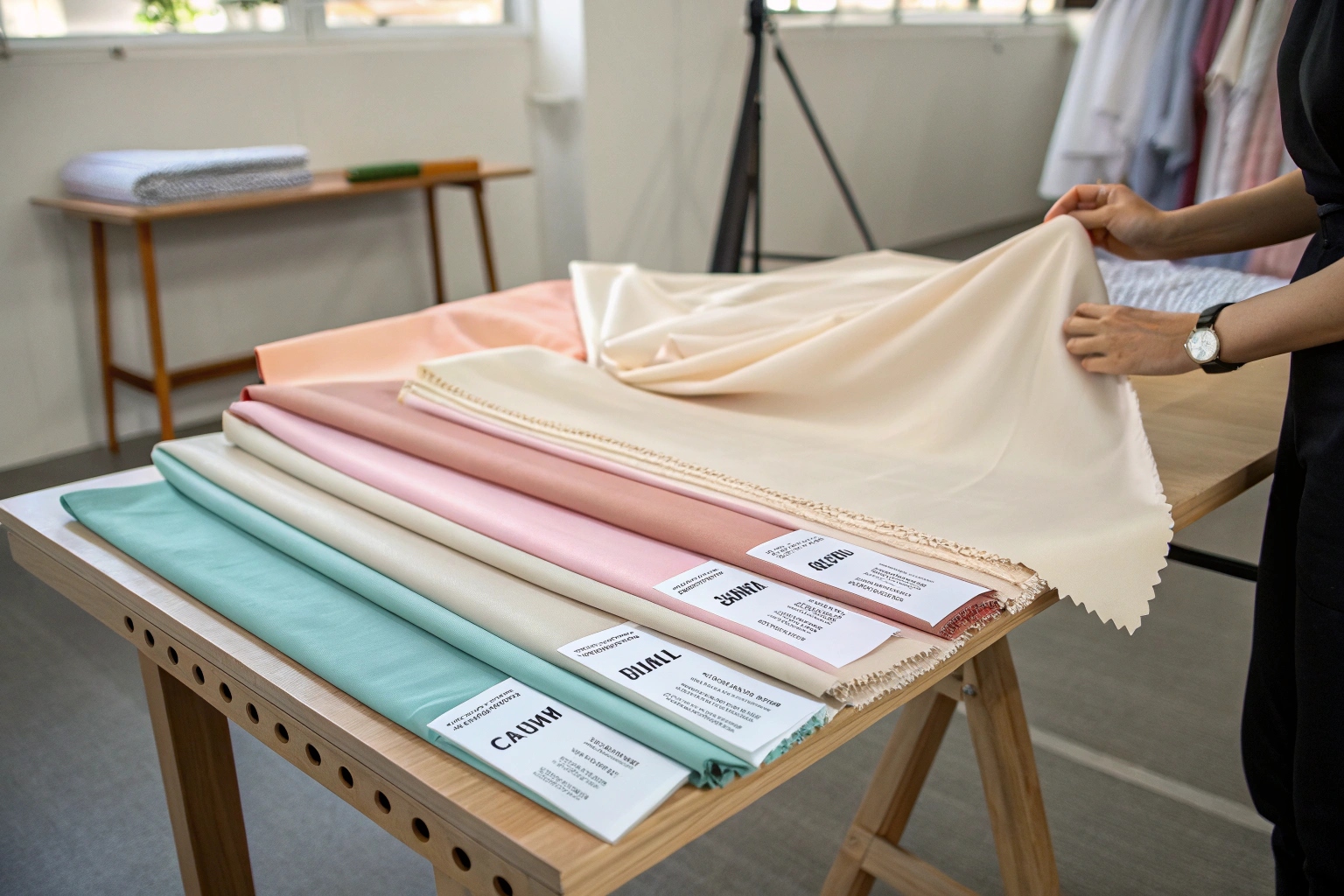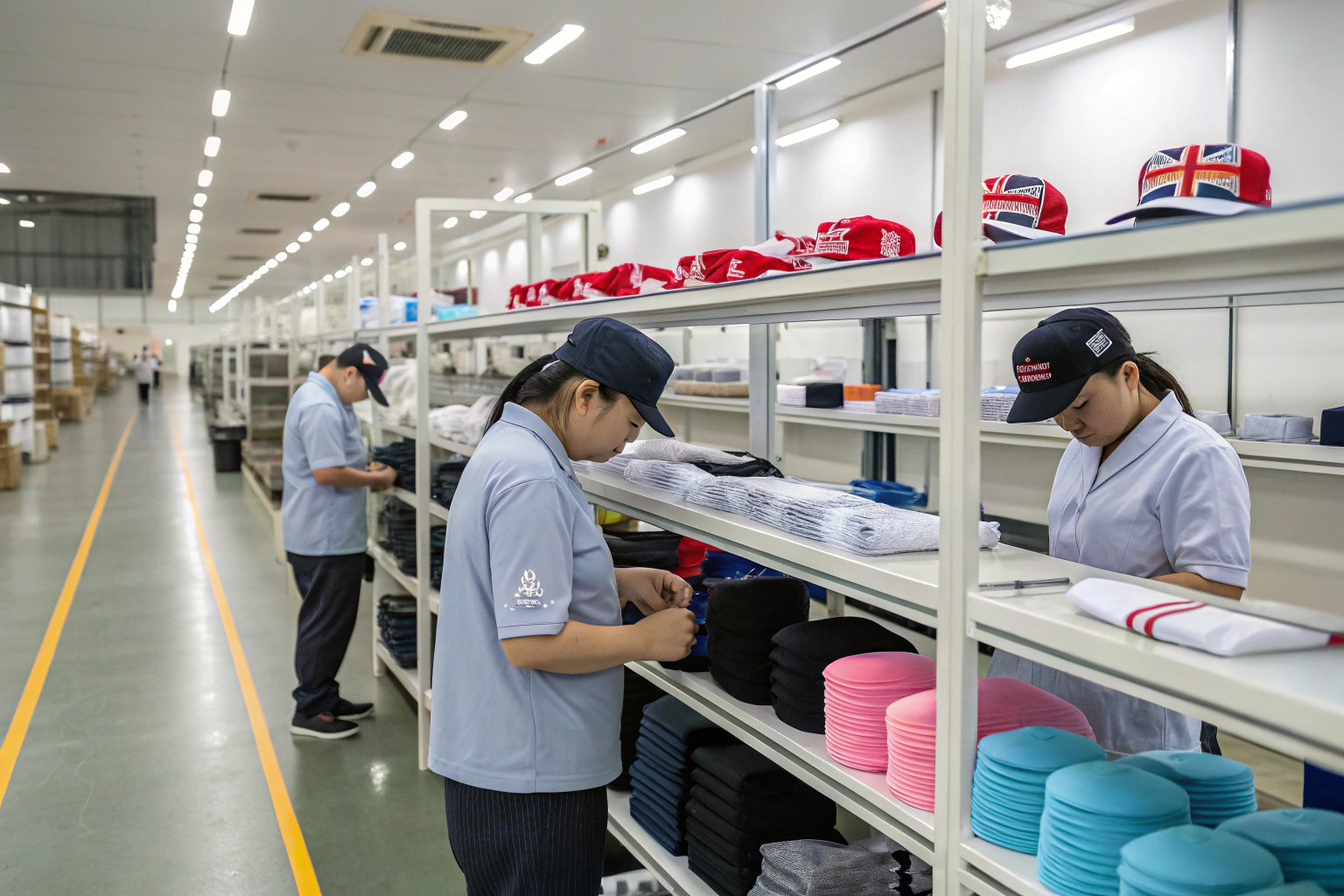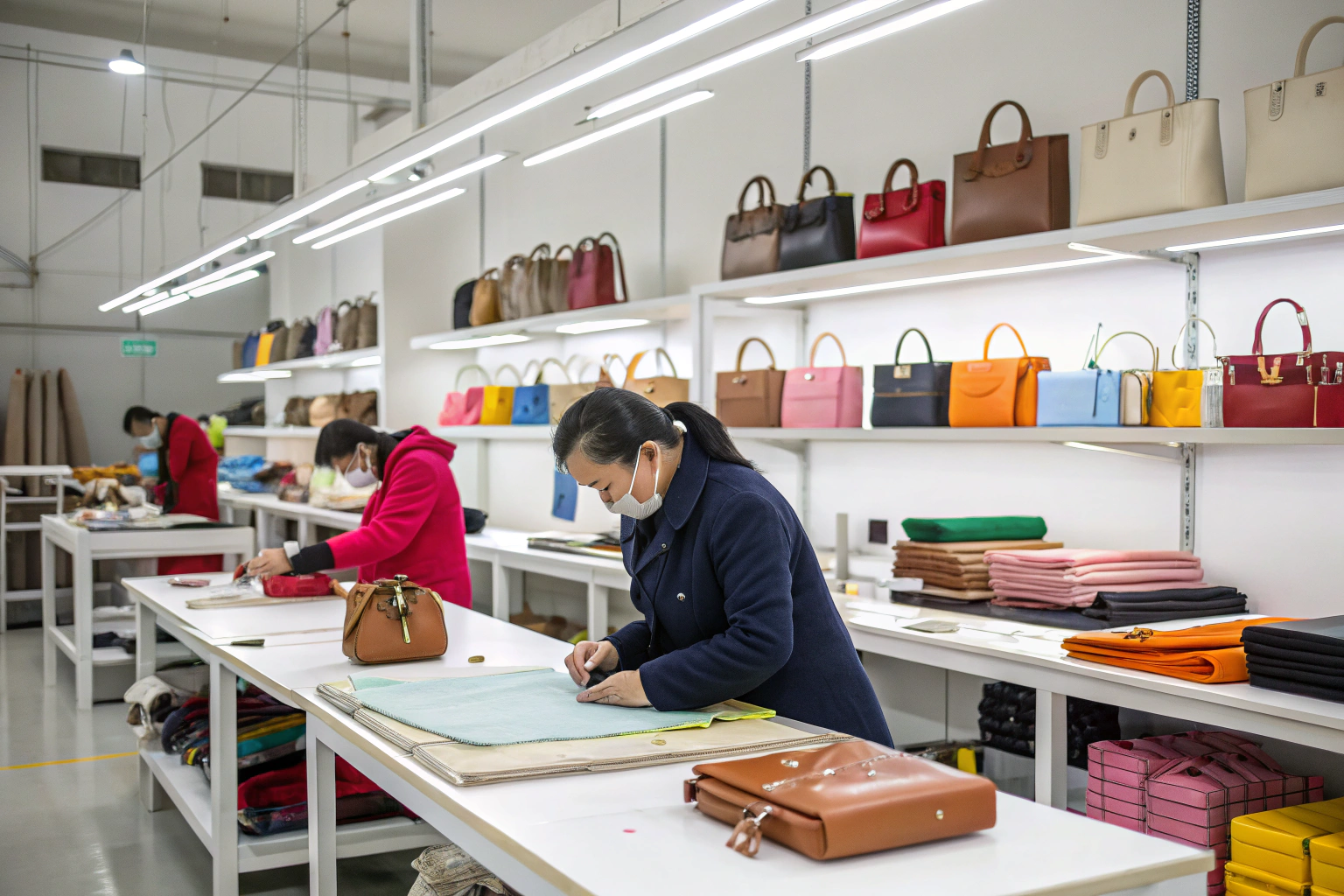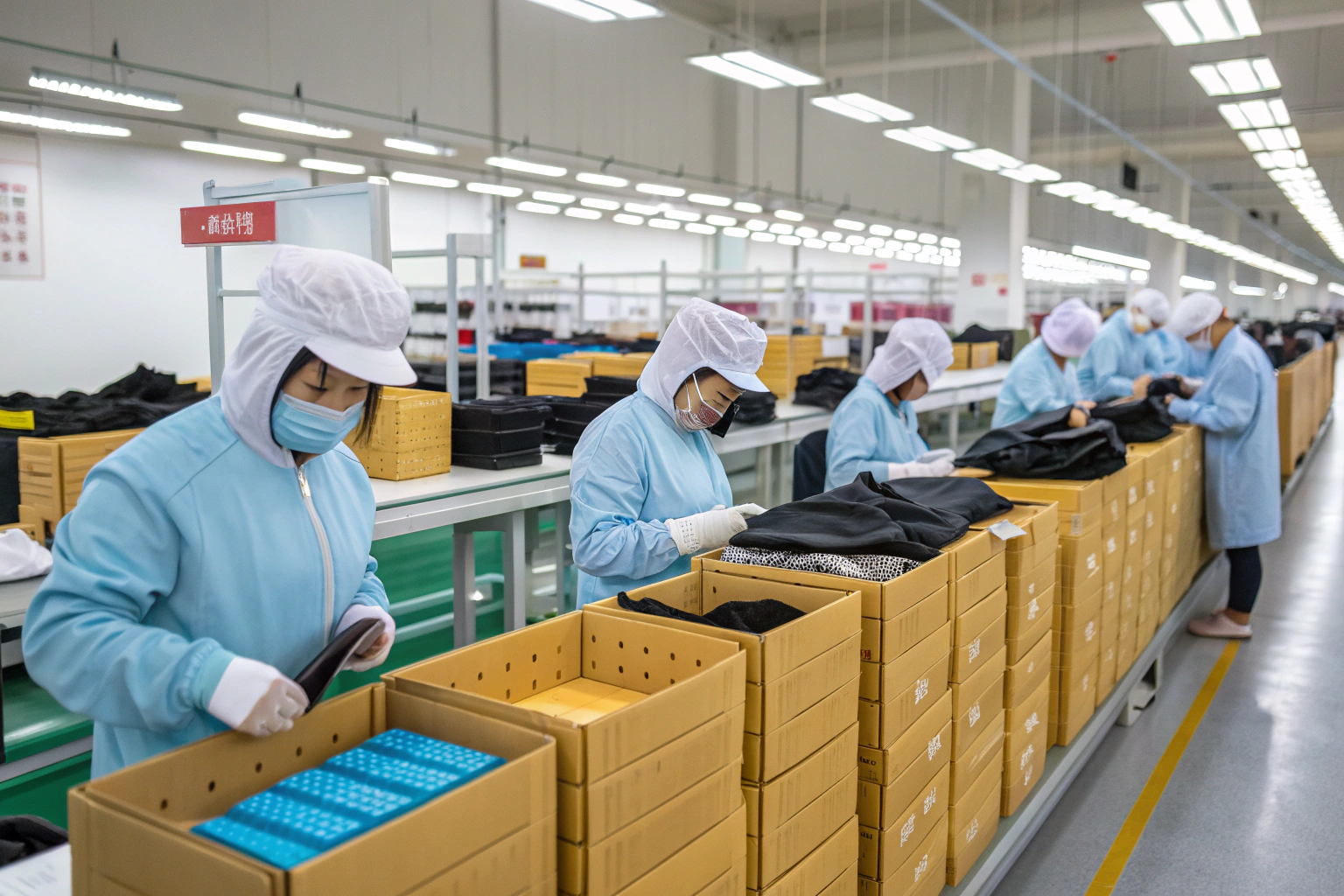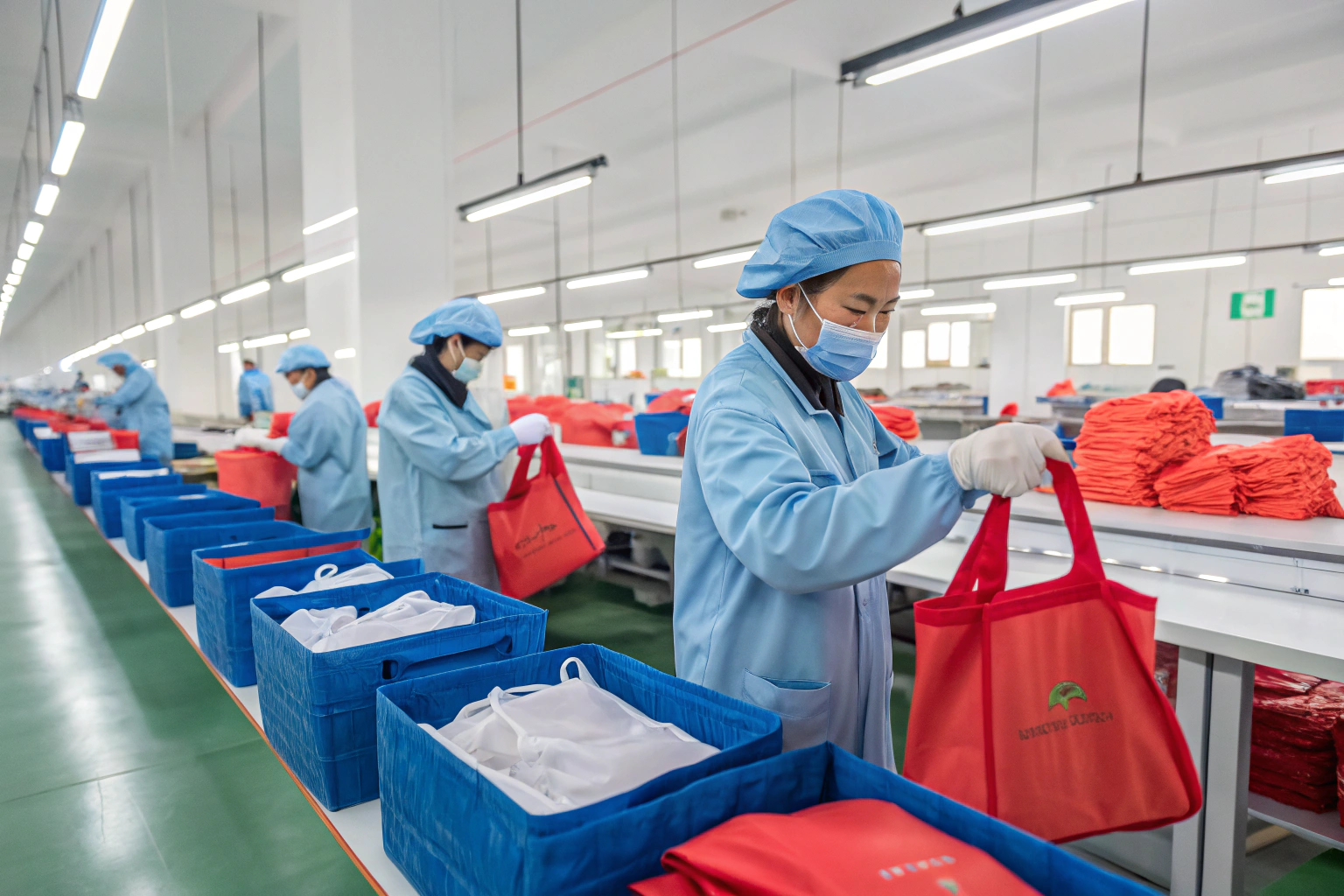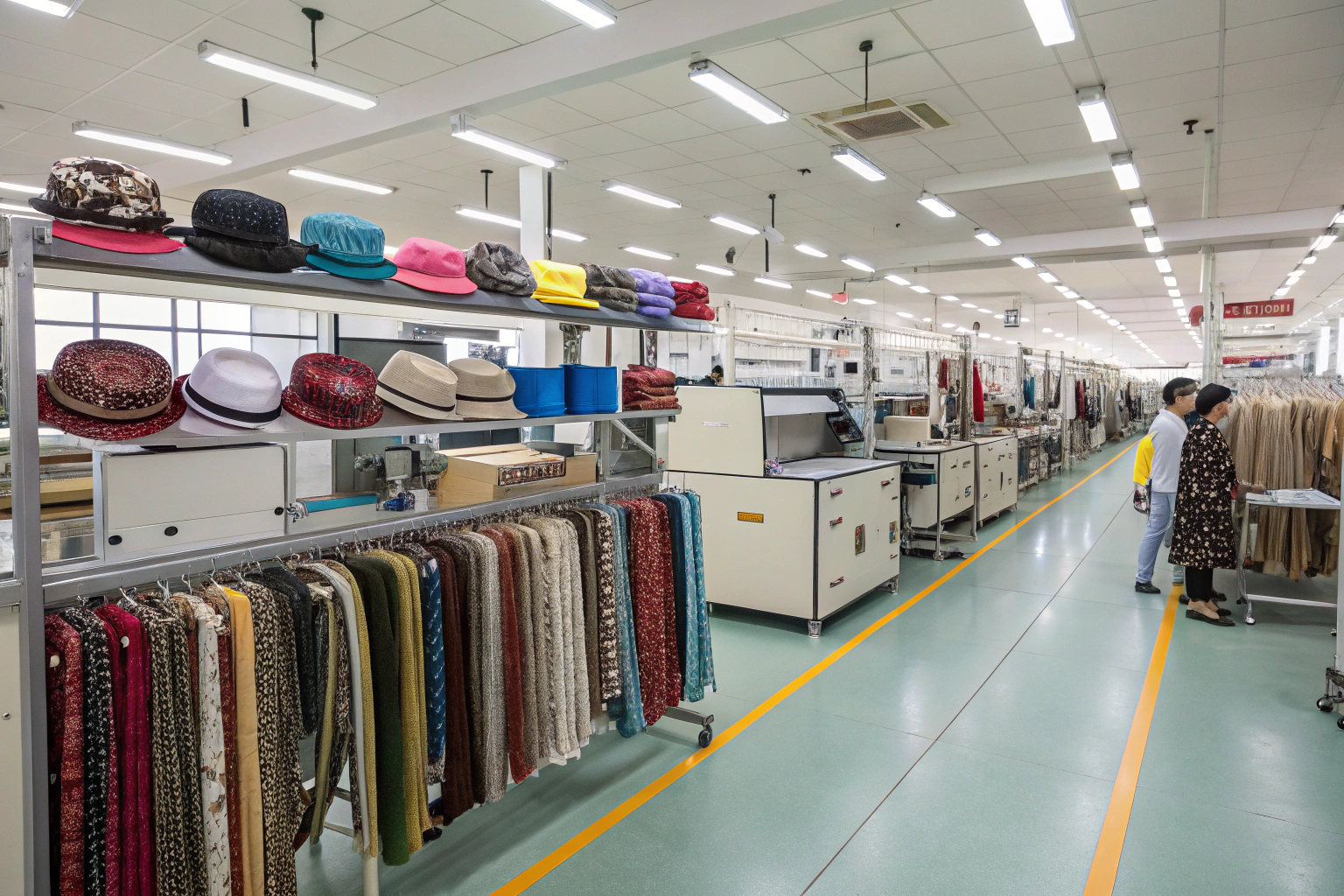When shipping scarves internationally, every gram counts. Heavier fabrics mean higher freight costs—especially for air shipments or small parcels.
The best fabrics for minimizing shipping weight while maintaining softness, drape, and durability include chiffon, modal, viscose, and lightweight polyester blends.
At AceAccessory, we help brands choose scarf materials that balance cost, comfort, and style—without pushing up shipping fees.
What is the best material for a lightweight scarf?
Not all light fabrics feel soft or wear well. The right choice depends on drape, texture, season, and end-use.
The best lightweight scarf materials include chiffon, modal, georgette, cotton voile, and viscose. These fabrics offer elegance without adding bulk.
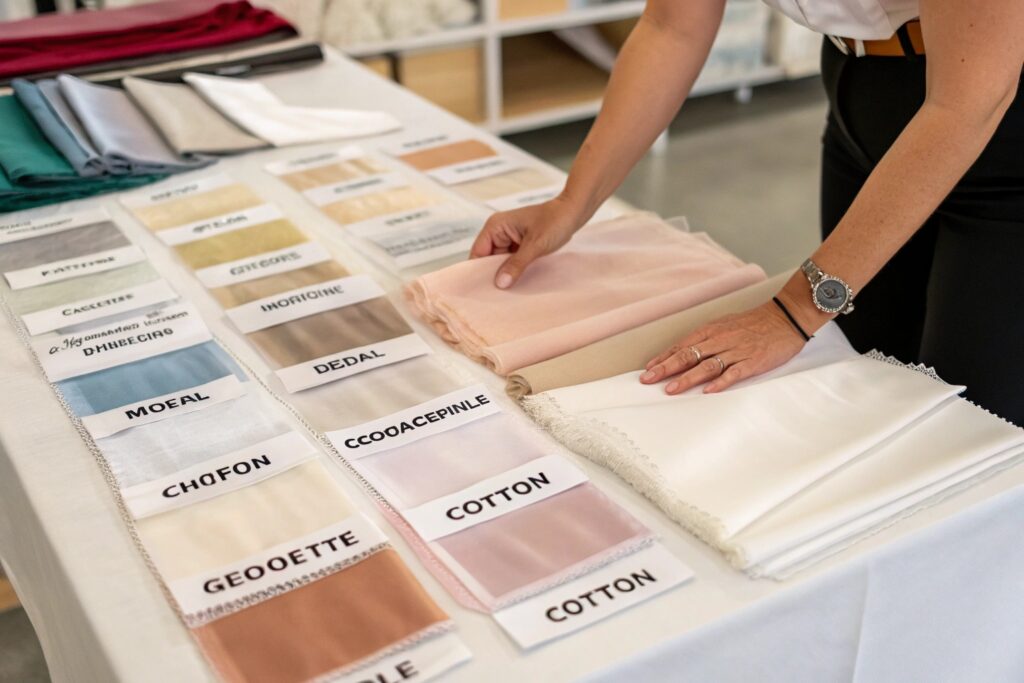
What are the top lightweight fabrics by weight and use?
| Fabric | Weight (gsm) | Feel | Best For |
|---|---|---|---|
| Chiffon | 40–60 | Sheer, soft, floaty | Summer scarves, dressy looks |
| Modal | 65–85 | Silky, breathable | Year-round comfort styles |
| Viscose | 70–90 | Smooth, flowy | Prints, boho, feminine lines |
| Voile cotton | 60–80 | Crisp, semi-sheer | Beach, tropical styles |
| Poly georgette | 55–70 | Matte, drapey | Fashion scarves, hijabs |
We’ve helped clients reduce air freight bills by switching from 110gsm polyester to 60gsm modal—saving up to 40% shipping cost per 1,000 units.
Why is gsm (grams per square meter) important in scarf sourcing?
Because shipping cost is weight-based, reducing gsm directly lowers total order weight. A 50g scarf vs. a 100g scarf doubles your freight load.
We calculate average scarf weights during development, so clients can plan packaging and logistics more precisely.
What fabric can hold the most weight?
In scarves, you rarely need weight-bearing fabric. But for multifunctional styles—like scarf bags or wraps—the fabric must be strong.
The strongest scarf fabrics include polyester twill, rayon-nylon blends, and modal-cotton mixes. These can handle extra weight without tearing or sagging.
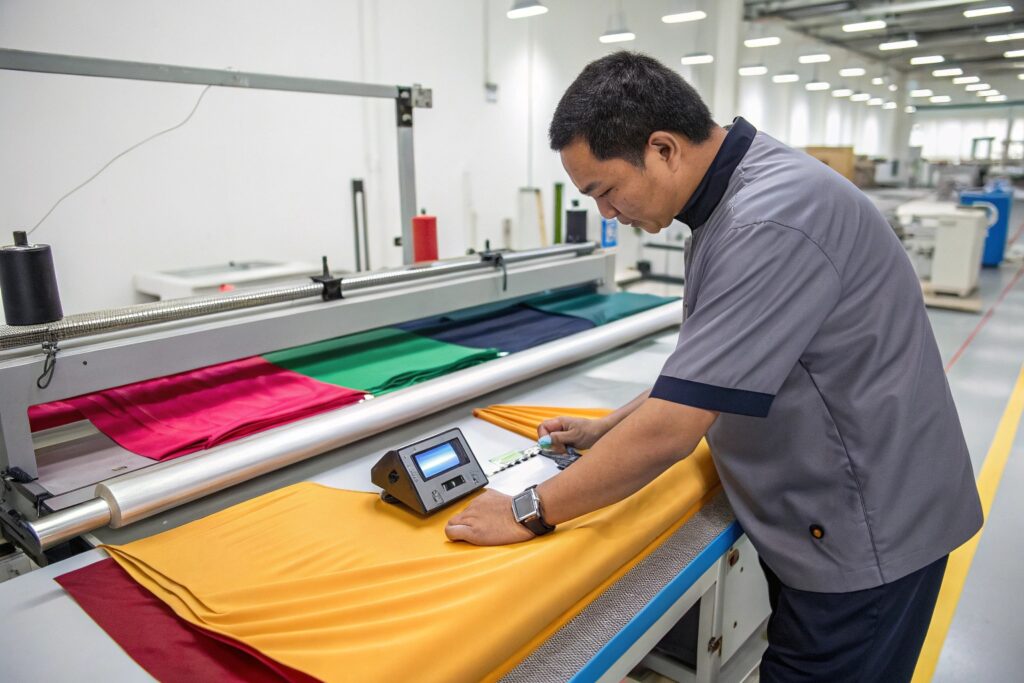
Which fabrics provide strength without adding bulk?
| Fabric Blend | Strength Level | Weight (gsm) | Best Used In |
|---|---|---|---|
| Poly twill | High | 110–130 | Luxury square scarves, gift wraps |
| Modal + cotton | High | 85–100 | Versatile spring scarves |
| Rayon + nylon | Very high | 90–110 | Multipurpose scarf wraps |
| Cotton canvas (light) | Medium | 100–120 | Hybrid scarf-bag products |
If you plan to market your scarf as convertible (scarf + headwrap + bag), choose stronger weave structures like twill or jersey.
We run tear strength tests at our factory’s QC station to verify every new fabric batch.
Can strong fabrics still be light?
Yes, especially with blended yarns. Modal, for example, is incredibly soft but stronger than viscose. That’s why we often recommend modal mixes for lightweight yet durable scarves.
What are the best fabrics that don't shrink?
Shrinkage can ruin scarf sizing—especially for large format wraps, hijabs, or printed shawls.
The best anti-shrink fabrics for scarves include pre-treated viscose, modal, polyester, and tightly woven cotton voile. Proper pre-washing and finishing also play a key role.
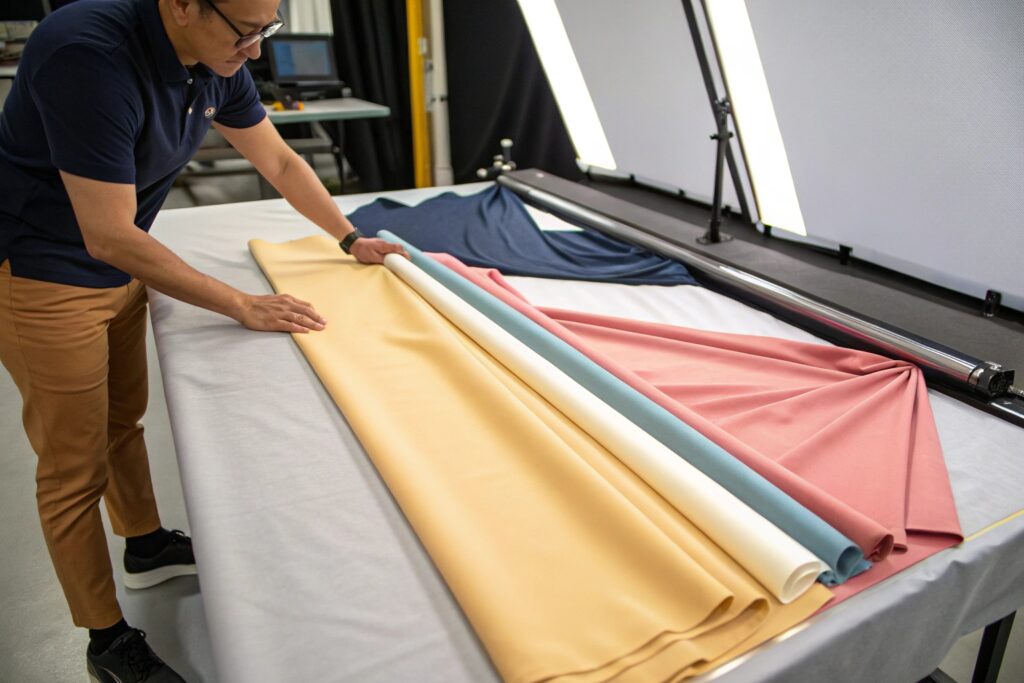
What are standard shrinkage rates by fabric type?
| Fabric | Untreated Shrinkage | Treated Shrinkage | Notes |
|---|---|---|---|
| Cotton | 5–8% | 2–3% | Needs preshrinking |
| Viscose | 6–10% | 3–5% | Shrinks more if loosely woven |
| Modal | <3% | <2% | Naturally stable |
| Polyester | <1% | <1% | Most stable option |
We always preshrink fabrics before cutting for sensitive scarf programs. For fashion scarves, shrinkage under 3% is acceptable; for hijabs, buyers often require under 1%.
What treatments reduce shrinkage?
- Heat setting (for synthetic fabrics)
- Silicone softener finish (for shape retention)
- Cold wash pre-treatment (for natural fibers)
- Mercerization (for cotton or rayon)
We can apply any of these in our fabric finishing workshop before sampling.
Which cloth is best for scarf?
If you’re balancing comfort, durability, drape, and shipping weight, some fabrics clearly stand out.
The best all-around scarf fabrics include modal, cotton-modal blends, rayon, georgette, and lightweight poly-chiffon—offering good performance across seasons and styles.
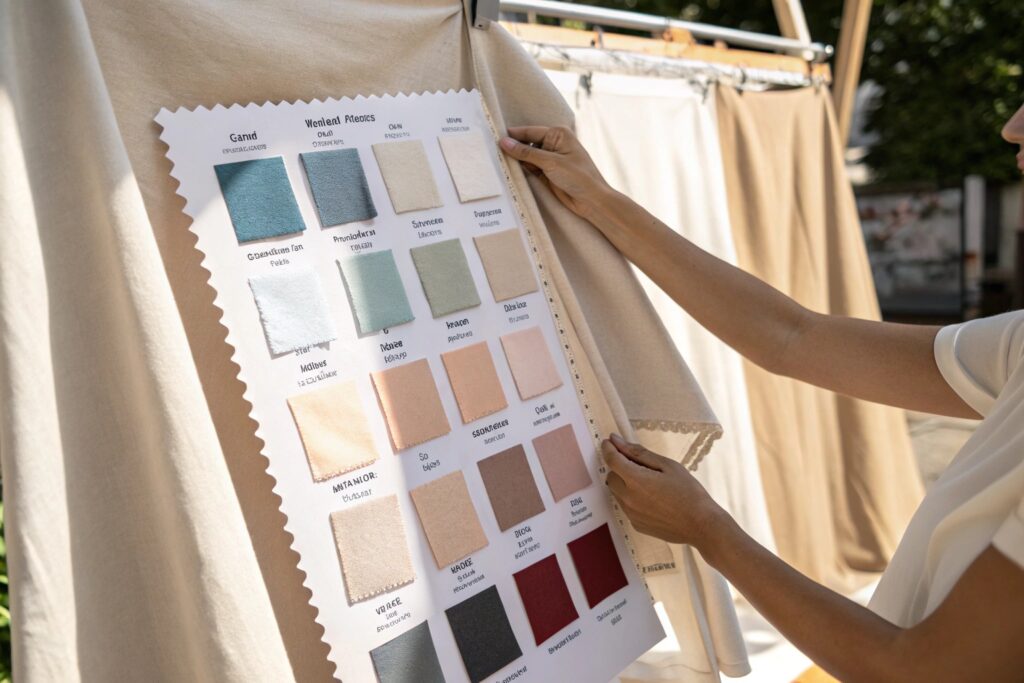
What fabrics work best by category?
| Scarf Category | Best Fabric Options |
|---|---|
| Fashion scarves | Modal, chiffon, poly satin |
| Hijabs & headscarves | Jersey, viscose, georgette |
| Spring/summer scarves | Voile cotton, modal, rayon |
| Printed promotional | Poly chiffon, poly twill |
| Gift or retail scarves | Silk-feel polyester, modal blend |
For new brands, we recommend:
- Modal for mid-range comfort scarves
- Poly georgette for budget hijabs
- Viscose for vibrant prints with good drape
We send 4–5 swatch options with each quote, labeled with gsm, shrink %, softness, and recommended use.
How do we help buyers choose?
We offer:
- Fabric comparisons (with photos, weight, softness level)
- Shipping weight estimates per style
- Sample packs with 3–6 test fabrics
- Custom labeling for origin and material
This way, you can test fabrics with your market before committing to large MOQs.
Conclusion
Choosing the right scarf fabric is about more than just feel—it's about balancing softness, durability, shrink control, and shipping weight. With expert sourcing and QC from AceAccessory, your scarves arrive light, strong, and ready to impress.

